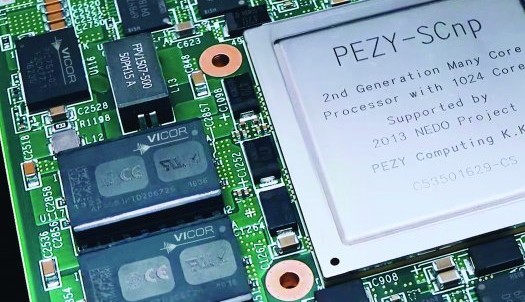PetaFlops per cubic meter, per cabinet, or per second?
November 30, 2016
on
on

At SC16, the international conference for high performance computing networking, storage and analysis held this week in Salt Lake City (USA), ExaScaler and PEZY Computing unveiled ZettaScaler-1.8, the first supercomputer with an Rpeak performance density of 1.5 PetaFlop/m3. It is an advanced prototype of the ZettaScaler-2.0 due for release in 2017 with a performance density three times higher than the 1.8 version.
How this performance relates to other supercomputers is hard to tell for non-specialists like us. The latest Cray XC50 supercomputer for instance boasts a performance of one PetaFlop (PFlop) in a single cabinet. But how big is that cabinet?
Currently, according to the supercomputer Top 500, the fastest supercomputer is the Chinese Sunway TaihuLight; its 10,649,600 computing cores comprising 40,960 nodes achieve an Rpeak value of 125,436 TFlop/s.
But... how many seconds fit in a cubic meter?
How this performance relates to other supercomputers is hard to tell for non-specialists like us. The latest Cray XC50 supercomputer for instance boasts a performance of one PetaFlop (PFlop) in a single cabinet. But how big is that cabinet?
Currently, according to the supercomputer Top 500, the fastest supercomputer is the Chinese Sunway TaihuLight; its 10,649,600 computing cores comprising 40,960 nodes achieve an Rpeak value of 125,436 TFlop/s.
But... how many seconds fit in a cubic meter?
Read full article
Hide full article


Discussion (1 comment)